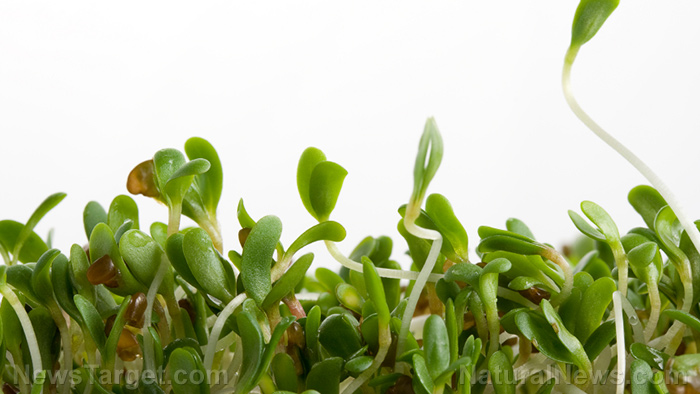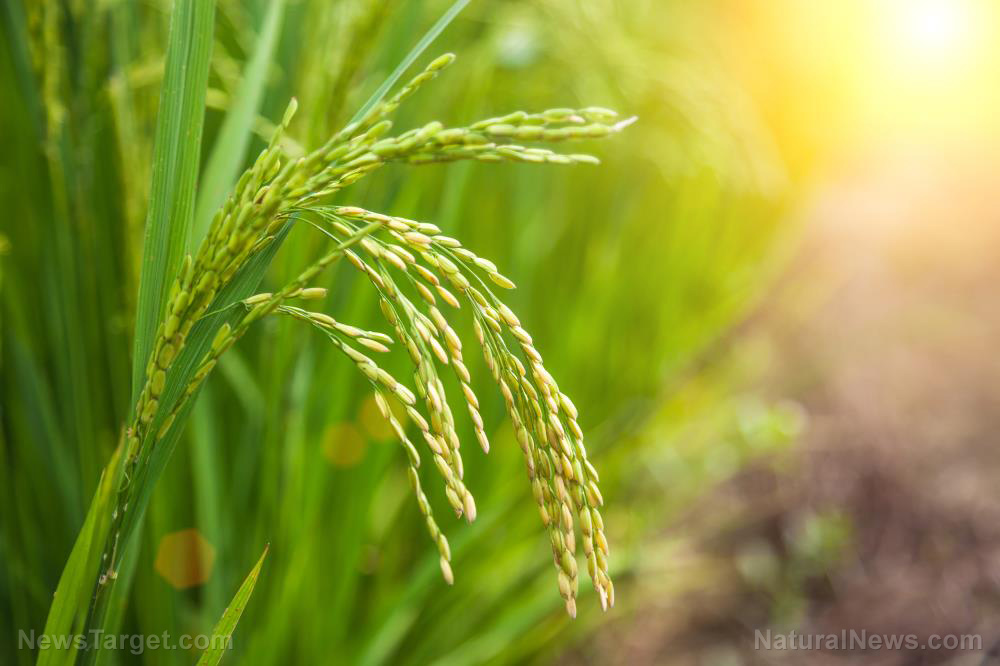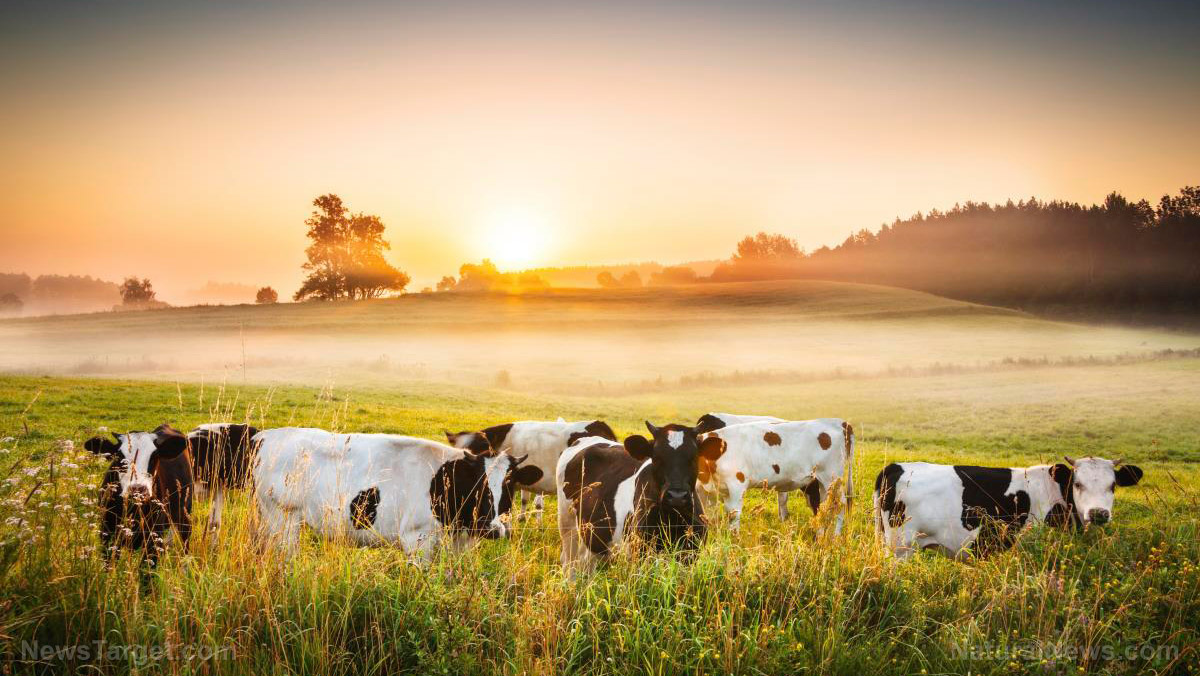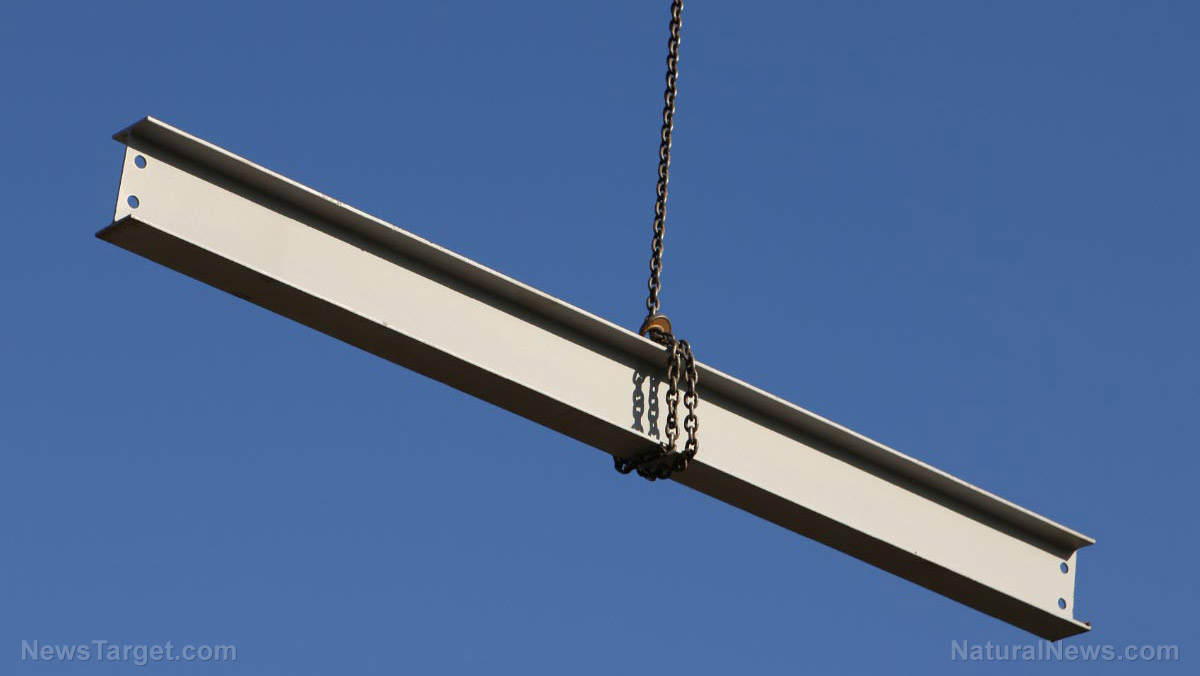Alfalfa can be used to increase crop production in dryland Mediterranean conditions
01/30/2019 / By Ralph Flores

A study in the European Journal of Agronomy has found that certain cultivars of alfalfa (Medicago sativa L.) can increase crop production and extend the growing season of certain crops. In the study, Chilean researchers tested nine cultivars of alfalfa in dryland Mediterranean environments in a four-year assessment.
- The team looked at the potential of using alfalfa in improving livestock and crop production in central-south Chile.
- To determine its effectiveness, they evaluated the alfalfa cultivars based on its plant persistence, winter growth, forage yield, shoot water potential, stomatal conductance, and carbon and oxygen compositions.
- Researchers found that the survival rate of the cultivars ranged between 69 and 97 percent. To note, the annual forage yield in Yungar region was more than 9 tonnes per hectare after Year 2, while the forage yield in Cauquenes grew to the same amount on Year 3 and 4.
- The cultivars the produced the highest yield were SARDI Ten and Aquarius, while the average yield ranged from 3,170 to 3,570 kilograms per hectare.
- Stomatal conductance among cultivars was influenced by shoot water potential.
From these findings, the researchers found that alfalfa can be used to lengthen the growing season into early summer and autumn.
Learn more about how alfalfa can be used in agriculture at Harvest.news.
Journal Reference:
Pozo AD, Ovalle C, Espinoza S, Barahona V, Gerding M, Humphries A. WATER RELATIONS AND USE-EFFICIENCY, PLANT SURVIVAL AND PRODUCTIVITY OF NINE ALFALFA ( MEDICAGO SATIVA L.) CULTIVARS IN DRYLAND MEDITERRANEAN CONDITIONS. European Journal of Agronomy. March 2017;84:16–22. DOI: 10.1016/j.eja.2016.12.002
Tagged Under: agriculture, alfalfa, crop production, cultivars, dryland environments, green living, growing season, harvest, Medicago sativa L., organic farming, planting season



















